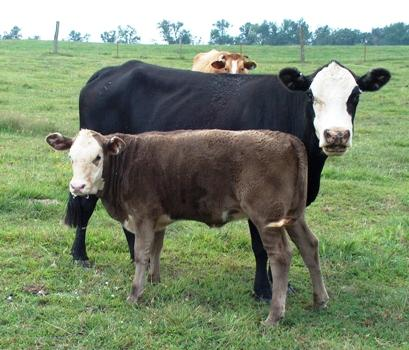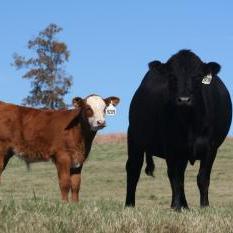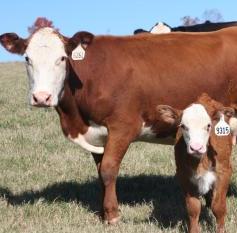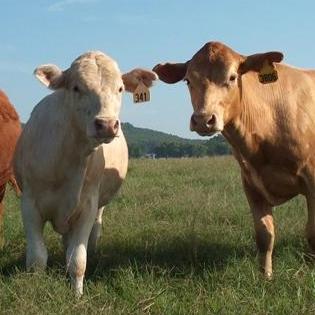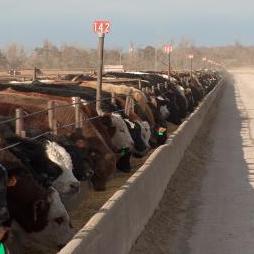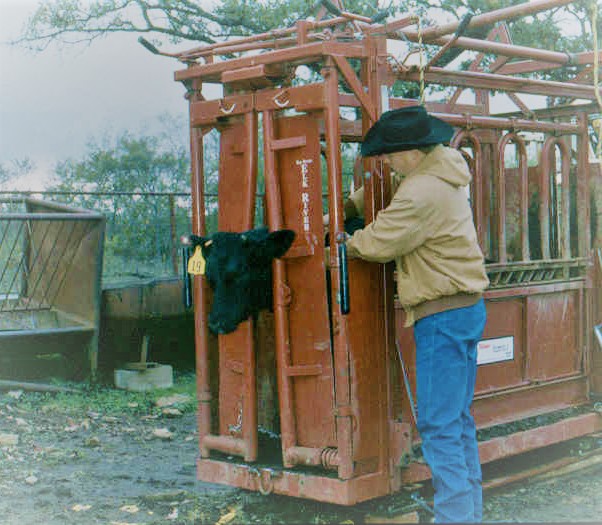Beef Production in Arkansas
The average beef cattle herd size is 35 head with 80 percent of the farms having less
than 50 head. About 97 percent of the beef cattle farms in Arkansas are family owned
and operated.
Beef cattle producers who use our recommended management practices improve their beef
cattle efficiency and profits. The Animal Science department uses educational activities including
county programs, field days, electronic news articles, beef/forage field days, demonstrations,
ration balancing, 300 Day of Grazing Program, and more, to educate Arkansas cattle
producers on best practices.
Sign Up for Beef Cattle e-News
2025 Events
Feb. 13 — River Valley Beef Cattle Conference, 8:30 a.m.-12 noon, Conway County Fairgrounds,
901 E. Elm St., Morrilton.
Feb. 18 — KOMA (Kansas, Oklahoma, Missouri and Arkansas) Beef Cattle Conference, Parsons, KS
Feb. 19 —KOMA (Kansas, Oklahoma, Missouri and Arkansas) Beef Cattle Conference, 8:30 a.m.-3:30
p.m., US Marshals Museum, 789 Riverfront Dr., Fort Smith, Arkansas. More information:
bit.ly/Ark-4-states-cattle
Cattlemen and the beef they produce enjoy a safe and wholesome image. With increasing competition
for the consumer's protein dollar, tremendous opportunity exists for continued improvement
upon that image.
Explore BQA
Improving production efficiency and product desirability through each segment of the beef
cattle industry rests with purebred breeders and commercial cattle producers. They
determine the matings that produce beef and replenish breeding stock.
Learn about cattle breeding
Generally success or failure in the cow/calf business depends to a large extent upon
doing the right things at the right times. This is especially true when it comes to
beef cattle reproduction management. Reproduction is the single most important factor
in a cow/calf operation. After all, you can't sell calves if you don't produce them.
Read about beef cattle reproduction
A herd health management plan is vital to profitable beef production. Some producers,
however, do not vaccinate until they experience a loss. The investment in disease prevention
is less than the cost of disease treatment. Don't wait until a disease outbreak occurs
before implementing a sound herd health program. For cattle to reach their performance
potential, they must be healthy.
Explore herd health resources
Because feed costs are the major cost of producing beef, using feeds most efficiently is
of prime importance in determining profits. Rations must be properly balanced so that
feeds are used efficiently and cattle remain healthy. Ration balancing and understanding proper
nutrition is an important management tool the producer can use to maximize profits.
Get beef cattle feeding information
Cattle working facilities are key to herd management. Properly designed facilities
is critical to both operator and animal safety.
Learn about cattle handling
The GoGreen program was created to promote pre-marketing best management practices.
Qualifying calves are recognized by the GoGREEN program tag.
Explore GoGreen
